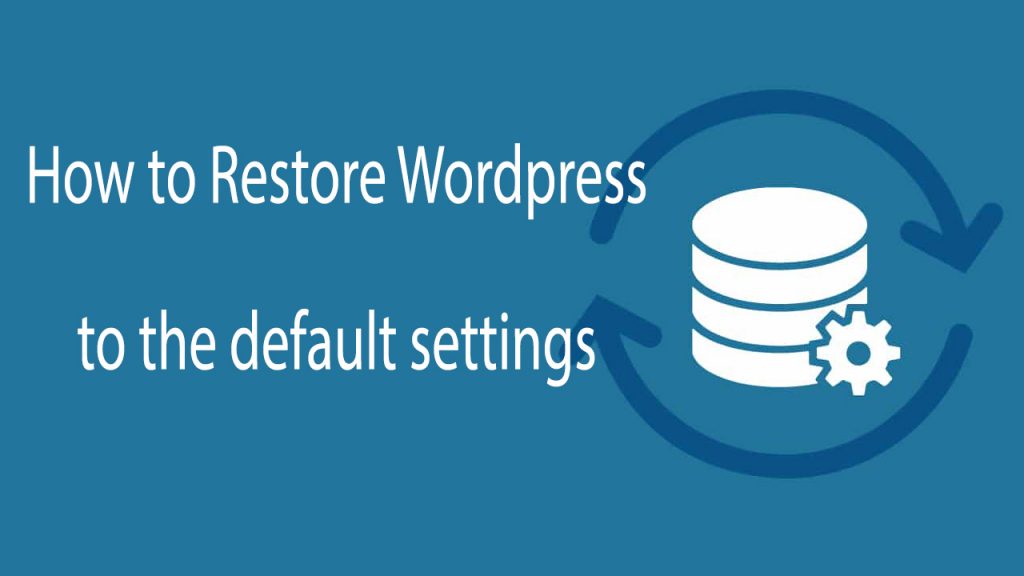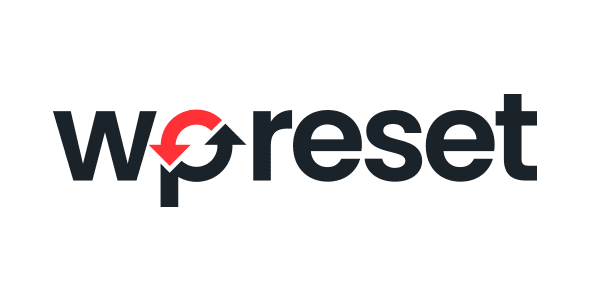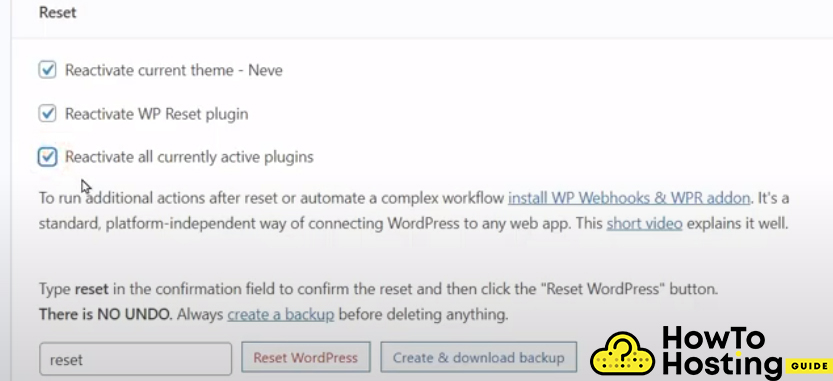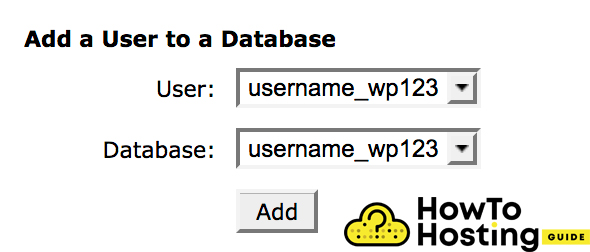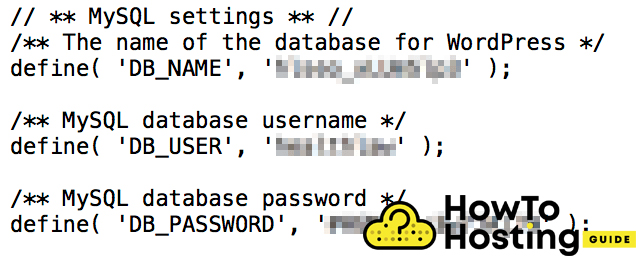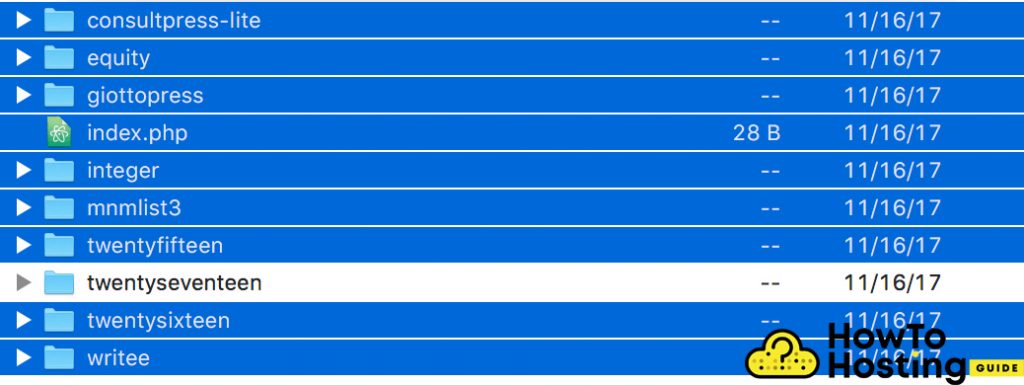On This Page: [hide]
Creating a WordPress website is a very creative process and if you don’t have a clear idea and a plan what you are going to build from the very beginning of your project you may come to the point where you want to restore WordPress and start building your website again from scratch.
To be honest, resetting your WordPress to its default state is a pretty easy process and doesn’t really take much time and effort. In the following lines, we will guide you through the process of how to restore your WordPress website to default settings in the easiest way, and still saving your plugins settings and themes in place.
Have in mind that once the process ends you will lose all of your content including your posts, media files, and all the pages.
How To Restore WordPress To The Default Settings
To restore WordPress to default settings first, you need to go to your dashboard, click “Plugins“, then select “Add New” and look for a plugin named WP Reset – Best WordPress Reset Plugin.
Once you install and activate it, navigate to Tools and then click on the WP Reset menu. Scroll down that says type in “reset“.
You have three options regarding your reset.
These options depend on your preferences, so it is up to you whether you select them or not.
To complete the reset, type “reset” in the input field on the bottom of the page and you will see the last warning that lets you know that once you perform the reset your data will be lost.
Once you click on the reset button, in a few seconds your WordPress website will be reset to its default state. Have in mind that this process cannot be reverted and we highly recommend that you create a backup of your website first if you already have lots of content inside, so you will have a plan B in case something goes wrong or you just decide to switch back to your previous website version.
How To Reset WordPress Without a Plugin (manually)
If you don’t really want to use a reset plugin in order to get your WordPress to reset, you can also completely reset your WordPress installation manually.
This process is a bit more advanced and we don’t recommend it for new WordPress users.
To do that you will need some FTP software such as Filezilla, FTP username and password, and access to the database through PHPMyAdmin or cPanel.
Also Find Out How to Login in FTP (Beginners Guide)
Delete The Database
The first step of the manual reset of WordPress is to delete the database. The database stores all of your content and deleting it will completely remove all of the content from your WordPress website.
To do that, log into your cPanel and look for the Database section, where you will be able to see the MySQL Databases icon.
On that page, you have to find a list of your existing databases. WordPress’s databases are usually starting with a prefix wp_ within its name. Find your database and copy and paste the name somewhere so you can remember it and then delete it by clicking on the Delete button.
Creating a New Database
After you’ve deleted your old database you should set up a new one, because otherwise, your website will not be able to work at all.
From your cPanel, click on the database page and then select the “Create a New Database” button. Type its name so that it matches the old database name and click “Create Database“.
Then, find the Add User button and click on it, so you can add the old user with the needed permissions. Select the matching username from the menu and click “Add User“.
If you cant find your old user, you may have to create it manually. To do that, just go to your website’s files and find the wp-config.php file. Download it and edit it with any text editing software such as notepad.
Define your database user and password and then upload that file to your WordPress folder again. Overwrite it and you are ready.
Delete Unnecessary Files
With your new, clean database you will now be left with all of the plugins, themes, and files that were previously added to your website. It is important to remove them because after the reset you don’t really need them and they might be taking a lot of space as well.
To do that simply go to your wp installation folder with your FTP software, select all of the unnecessary files and delete them.
Then Run Your WordPress Installation
Now, after you’ve done all of the steps you are ready to run your clean WordPress installation.
Just go to your cPanel and start your WordPress installer and let it install your fresh WordPress website.

